Morgan Rovang
Morgan Rovang
Do you have any thoughts on this post?
Morgan Rovang
$161 million will be allocated over 21 projects in 11 states
On Wednesday, May 31, the Bureau of Land Management announced a $161 million investment in ecosystem restoration and resilience work on our nation’s public lands. These funds are allocated from the Inflation Reduction Act as part of the administration’s Investing in America agenda. The BLM will focus work on 21 different landscapes across 11 western states.
“The Bureau of Land Management’s significant financial commitment will benefit local communities across the West, while boosting fish and wildlife habitat and our sporting traditions,” said Joel Webster, VP of western conservation with the TRCP. “The BLM has needed these resources for a long time, and TRCP is excited to see these dollars hit the ground in the form of beneficial management projects.”
This huge win for public land conservation has TRCP field staff from Alaska to Colorado eager to see habitat improvements in their respective states. Below are our top projects.
The Birch Creek and Fortymile Wild and Scenic Rivers are renowned for their remote yet relatively accessible DIY opportunities to hunt caribou and moose, fish for Arctic grayling, and explore big, wild country. Very few places allow for multi-day float trips on primitive sections of river, while also being accessible by road. The BLM’s $5 million investment here will improve water quality and aquatic habitat in these diverse watersheds, which in turn will support subsistence and recreational fisheries.
“The TRCP applauds the BLM’s commitment to restore these prized public lands and waters in Eastern Interior Alaska, which offer extraordinary recreational, cultural and historic values,” said Jen Leahy, TRCP’s Alaska program manager. “By improving water quality and aquatic habitat, and ensuring safe access for year-round recreation, future generations will be able to enjoy these diverse watersheds and fisheries that fuel Alaska’s powerhouse recreation economy.”
The vast sagebrush-steppe of southeast Oregon is a stronghold for greater sage-grouse, pronghorn, mule deer, and other iconic wildlife. By planting sagebrush, treating invasive vegetation, promoting native plants, and cutting fuel breaks, this key habitat will be strengthened and restored. The project will provide $5 million towards the restoration of 3.7 million acres of BLM sagebrush landscapes.
“We’re excited to see the BLM include the region between the Hart Mountain National Antelope Refuge and the Sheldon National Wildlife Refuge as one of the 21 nationally recognized projects,” said Michael O’Casey, TRCP’s deputy director for the Pacific Northwest. “The TRCP has been working for several years to conserve a pronghorn migration corridor on these BLM lands, and we’re thrilled to see restoration dollars here on the ground.”
The Montana Mountains in northwest Nevada will see $6 million invested into aquatic restoration and conservation. The perennial springs in the high desert oasis are critical to this ecosystem that hosts antelope, mule deer, greater sage-grouse, pygmy rabbit, and other species endemic to sagebrush country.
“The Montana Mountains support Lahontan cutthroat trout in several small streams on the east side of the range, and on top is some of the most intact greater sage-grouse habitat in this part of the state,” said Carl Erquiaga, TRCP’s Nevada field representative. “However, this mountain range is not without its threats. Wildfire has altered large portions of the mountain, allowing invasive cheatgrass to expand. Additionally, mining interests vie for important lithium deposits that exist across much of the area which is part of the McDermitt Caldera. These funds could not have come at a better time for restoration work.”
The San Luis Valley is a sacred area to a number of Tribes, and the wetlands are invaluable habitat for birds, fish, and mammals. Through a $6.1 million investment, the BLM looks to restore habitat, improve hunting and fishing opportunities, and bolster fire and drought resistance. The work here will conserve cultural and historic spaces, expand public use, and help manage natural resources at the headwaters of the Rio Grande.
“The $6.1 million dedicated to the San Luis Valley Restoration Landscape is a historic investment in restoring wildlife habitat and fisheries, improving hunting and fishing opportunities, and building resilience to drought and wildfire,” said Alex Funk, TRCP Director of Water Resources. “TRCP is excited to begin the work of supporting local partners, including Ducks Unlimited, in utilizing these funds to increase the pace and scale of wetland ecosystems, while improving hunting and fishing access in the headwaters of the Rio Grande.”
A land of intersections, the headwaters of the Missouri River and the mountain ranges that steeple southwestern Montana create a wildlife habitat confluence where westslope cutthroat, Arctic grayling, mule deer, elk, and greater sage-grouse have maintained solid footing. Multi-generational ranches interspersed with public land knit a quilt of agriculture and outdoor recreation. These precious pillars of wildlife and cultural value will receive a $9.98 million investment to bolster their longevity.
“We are pleased to see the BLM invest in restoration efforts in the Missouri Headwaters Landscape,” said Scott Laird, TRCP’s Montana field representative. “There have been significant changes to this landscape and its habitats with new threats and pressures on the horizon. This area supports exceptional big game migration routes, critical sagebrush steppe habitat, and world class cold-water fisheries. Sportsmen and women should be encouraged with the prioritization of restoration for these BLM lands.”
While most anglers will be familiar with the Colorado River cutthroat, this native fish shares Muddy Creek with lesser-known species like the bluehead and flannelmouth suckers and roundtail chub. All these cold-water fish, along with the winter range and migratory corridors to the east of the creek, stand to benefit from the $10 million in fuels reduction, stream and wetland enhancement, and erosion control set to hit the ground here in the headwaters of the Colorado River basin.
“The BLM’s investment in the Muddy Creek Area is a win-win for Wyomingites. Habitat improvements will increase forage conditions for livestock grazers and big game populations, a critical step for recovering populations of pronghorn and mule deer that were devastated by the past winter,” said the TRCP’s Wyoming field manager, Josh Metten. “Local communities stand to benefit from jobs created by these boots on the ground projects, which also include wildfire mitigation and stream health improvements for native Colorado Cutthroat trout.”
The Upper Salmon River is a critical cold-water refuge for salmon, steelhead, and bull trout. Here in these headwaters, the BLM manages over 3,000 miles of streams and river corridors that are also home to elk, mule deer, and greater sage-grouse. Working with local communities and Tribal partners, the BLM plans to invest $9.1 million to replace culverts, reduce fuels, address conifer encroachment, increase diversity of native grasses and forbs, and improve water quality that will benefit wildlife and local communities alike.
“BLM’s commitment of nearly $27 million to restore three landscapes across Idaho will benefit fish and wildlife,” said Rob Thornberry, TRCP’s Idaho field representative. “It will also benefit hunters and anglers and local economies in the areas where BLM lands will be actively restored. Everyone should see wins from this investment.”
Photo Credit: Gregory “Slobirdr” Smith
The Central Yukon Resource Management Plan will guide future management of BLM lands in an area larger than Yellowstone, Yosemite, and Switzerland combined
Later this year, the Bureau of Land Management is slated to publish a revised management plan for 13.3 million acres in Alaska’s Interior and Arctic regions. This region, known as the Central Yukon planning area, is familiar to many hunters and anglers as the home of the Dalton Highway Corridor. This unique recreation destination allows for remote, yet road accessible, hike-in and float trips, and hosts some of the most iconic big game species in Alaska—including Dall sheep, moose, and caribou—and 25 species of fish.
The Central Yukon plan has important implications for our fish and wildlife resources as it will guide landscape-level management and balance the various uses allowed on BLM lands in this region for approximately the next 20 years. That’s why the TRCP has been advocating for the priorities of hunters and anglers in the Central Yukon throughout the BLM’s multi-year planning process.
A Plan in Need of Fixing
The draft plan, published in 2020, recommended that 98 percent of all BLM-managed lands in the planning area be opened to industrial resource extraction. This recommendation is unbalanced and would result in unacceptable consequences for the sporting community and subsistence harvesters. In response, the TRCP organized comments from more than 500 supporters who urged the agency to develop a more fish and wildlife friendly preferred alternative and offered specific recommendations for improving habitat in the planning area.
As the agency moves this plan closer to completion, our team continues to leverage every opportunity to ensure that the final plan adequately reflects the values of hunters and anglers.
Priority #1: Avoid or minimize the impacts to fish, wildlife, and important habitat
The final plan should align with the BLM’s goals and objectives for managing fish and wildlife in the planning area, which include but are not limited to:
Under the draft plan, wildlife could be affected by mining in 100 percent of the planning area—as opposed to 52 percent under the existing plan—since all lands would be open to locatable mineral entry. The agency’s own analysis acknowledges that the preferred alternative would adversely impact high-value fish habitat, increase the loss of important habitat for Dall sheep, and could result in caribou population declines. The final plan should strike a better balance between habitat conservation and responsible resource development.
Recommended action: Adopt Dall Habitat Areas, Dall Sheep Movement Corridors and Dall Sheep Study Area. Include additional conservation measures for sheep, such as restrictions on development activities within 0.5 miles of mineral licks.
Recommended action: Adopt Core Caribou Habitat Areas. Include additional safeguards for caribou, such as restrictions on OHV use and other surface-disturbing activities during calving periods.
Recommended action: Adopt Areas of Critical Environmental Concern (ACECs) and Research Natural Areas (RNAs) as proposed in Alternative B. Of the 31 ACECs under consideration, six are proposed to protect Dall sheep habitat and four are proposed offer additional safeguards to caribou.
Priority #2: Plan for Growing Recreational Demand
The revisions to the Central Yukon RMP should also support public access for hunting, fishing, and other forms of recreation. The planning area provides outstanding recreation opportunities for Alaskans and non-residents throughout the year, including sightseeing, fishing, hunting, river trips, day hikes, wildlife viewing, bird watching, and photography. Recreational demand is expected to increase along the Dalton Highway through the life of the plan.
By adopting the proposed Dalton Corridor Backcountry Conservation Area, the BLM could conserve big game habitat, provide world-class backcountry recreation experiences, and allow for traditional uses of these lands to continue.
Recommended action: Adopt the proposed Dalton Corridor Backcountry Conservation Area. This tool would specifically provide for high-quality hunting and other recreation opportunities in the outer Dalton Highway Corridor.
Priority #3: Maintain existing conservation safeguards
Finally, we recommend that the RMP retain long-standing public land orders to ensure that some lands remain withdrawn from mineral entry.
Approximately 7.4 million acres in the Central Yukon planning area—including the Dalton Highway Corridor—have been withdrawn from mineral entry since the public land orders were issued in the 1970s. Revoking the PLOs would negatively impact subsistence access for rural community residents in the planning area. Unique recreational hunting opportunities—such as the 5-mile bowhunting-only corridor along the Dalton Highway—could also be threatened if these lands are conveyed.
Recommended action: Maintain the Dalton Highway Corridor (PLO 5150) in its entirety.
Recommended action: Maintain all ANCSA d-1 withdrawals.
Create a Conservation Success Story
Alaskan hunters and anglers, local businesses, wildlife managers, and other recreationists who enjoy these places are counting on the BLM to manage our public lands in a way that protects our investment in Alaska’s fish and wildlife, outdoor resources, and sporting heritage. Working together, we can ensure that the Central Yukon RMP revisions create the best management plan for the habitat and quality hunting and fishing areas that makes this vast region of Alaska a world-class destination.
AB112 a bright spot for bi-partisan cooperation
As the 2023 Nevada state legislative session reaches its statutory end date of June 5th, AB112 continues its meteoric ascension with unanimous votes in both the State Assembly and Senate. The bill has advanced through four committees without a single dissenting vote or comment.
The bill, supported by a broad coalition of conservation and sporting organizations, was introduced by the Joint Interim Standing Committee on Natural Resources and championed by Assemblyman Howard Watts of the 15th district. The law creates a Wildlife Crossings Account within the State’s General Fund, replete with a $5 million appropriation to be used as match money to leverage federal funding for construction of wildlife friendly infrastructure, specifically safe highway crossings for migrating big game and other wildlife. The fund will be administered collaboratively by the Nevada Department of Transportation and the Nevada Department of Wildlife.
“I would like to thank Assemblyman Watts for leading on this bill,” said Carl Erquiaga, TRCP Nevada field representative. “It has been gratifying to witness the bi-partisan cooperation throughout the process.”
Federal funding is now available as part of the Infrastructure Investment and Jobs Act, passed by Congress in 2021. The bill directs the U.S. Department of Transportation and Federal Highway Administration to implement a five year pilot program to distribute a total of $350 million through a competitive grant process to projects that reduce the number of wildlife-vehicle collisions and improve wildlife connectivity for daily and seasonal movements.
“I’m grateful to my colleagues for unanimously supporting the creation of a Wildlife Crossings Account for Nevada,” said Assemblyman Howard Watts. “This policy, combined with a $5 million appropriation, will help secure tens of millions of dollars in federal funding that improves roadway safety, reconnects wildlife habitat, and puts people to work.”
Nevada has long been a leader in the construction of highway crossings in areas where migrating mule deer face major highways, such as I-80 and Highway 93 in northeast Nevada. In the time since these crossings have been built, vehicle-wildlife collisions have decreased dramatically. The new Wildlife Crossings Account would ensure safe crossings in other high-priority migration corridors around Nevada and can also be leveraged by the state to compete for federal funds.
The bill now heads to the desk of Governor Lombardo for his signature.
Photo credit: Kent Miller
As TRCP’s director of climate solutions, I field a lot of questions about climate change. From those who are deep in the weeds to those who are deeply skeptical, there is rampant confusion and misinformation across the spectrum.
TRCP’s core values include transparency and being rooted in science, so speaking openly and clearly about climate change is critical to our mission. But it’s also essential to the future of hunting and fishing. You, our members, are key to the success of nature-based solutions, which will benefit the fish and wildlife we love to pursue while enhancing the ability of our soils, waters, and landscapes to slow climate change.
Here we’ve gathered the most common questions we get—at events, in meetings, and online—about this important but divisive issue and laid out our very best answers.
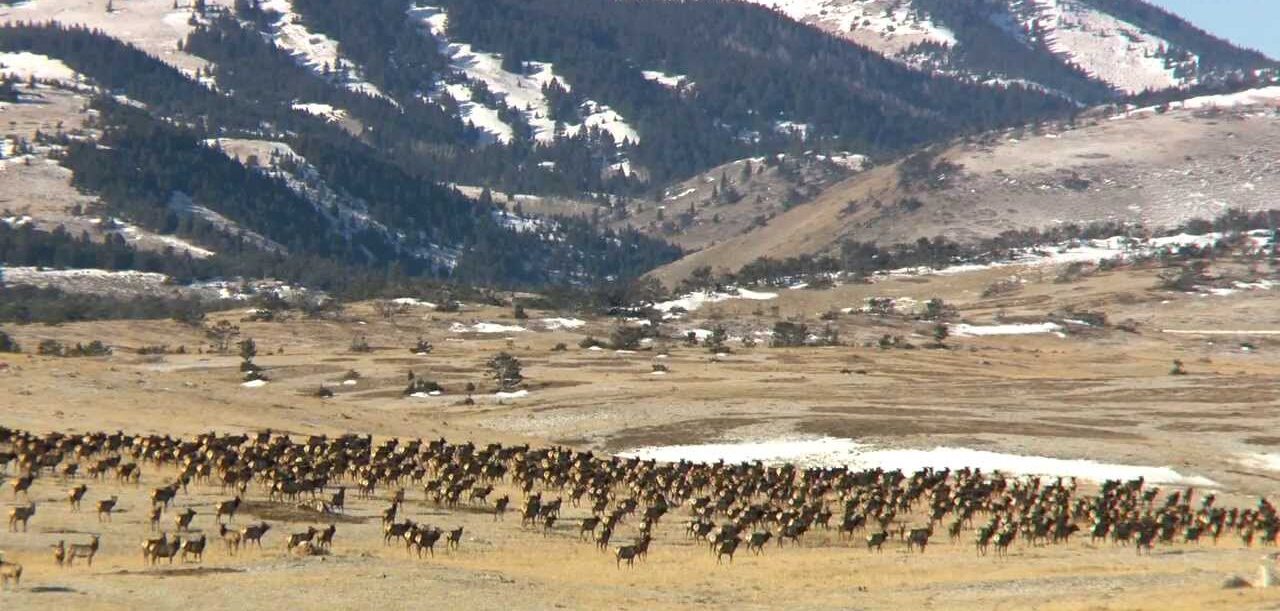
Global warming is the overall warming of our atmospheric temperature. Climate change refers to the long-term changes to our temperature and weather patterns—our climate. The term better describes what we’re experiencing on a daily basis. Yes, the average temperature of Earth’s air and seas is rising due to global warming, and because of this, sea levels are rising, season timing is shifting, droughts are longer and more expansive, migration patterns are changing, weather is less predictable, and fish and wildlife populations are declining. These impacts taken together are climate change.
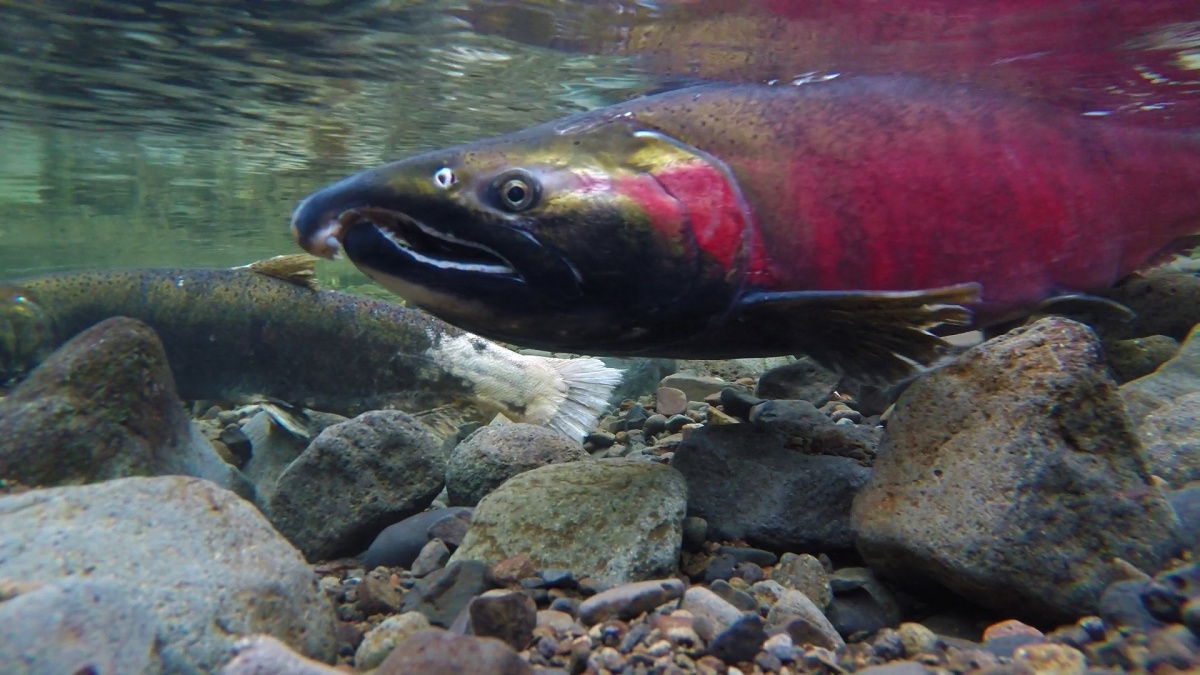
Of course, global temperatures have changed in the past. These fluctuations are well documented in geological records—ocean sediment, ice cores, sedimentary rocks, tree rings, and coral reefs—and occurred very slowly over thousands or millions of years. Recent evidence shows that, unlike the incremental shift in temperatures over millennia, the current global average surface temperature has risen by 2 degrees Fahrenheit or 1.1 degrees Celsius in just the past 150 years. This is roughly 10 times faster than the ice-age recovery warming on average.
More alarmingly, the rate of temperature change has more than doubled since 1981. We know this isn’t just a changing climate as we’ve seen in the past, but human-driven climate change.
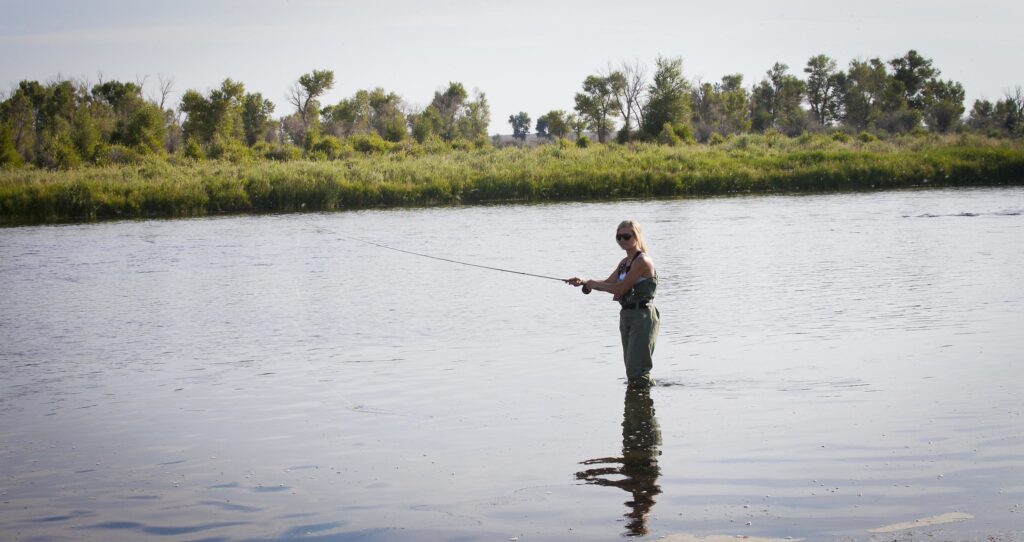
Weather describes the conditions that we experience day-to-day. The weather and temperatures we experience locally fluctuate over short periods and have usually been predictable based on seasons. Climate describes the patterns and trends that we observe over a longer period. However, weather and climate are interdependent—as our global climate changes, we’ll continue to experience increasingly variable weather locally. Our new normal is already punctuated by more heatwaves, drought, catastrophic wildfires, and frequent thousand-year storms.
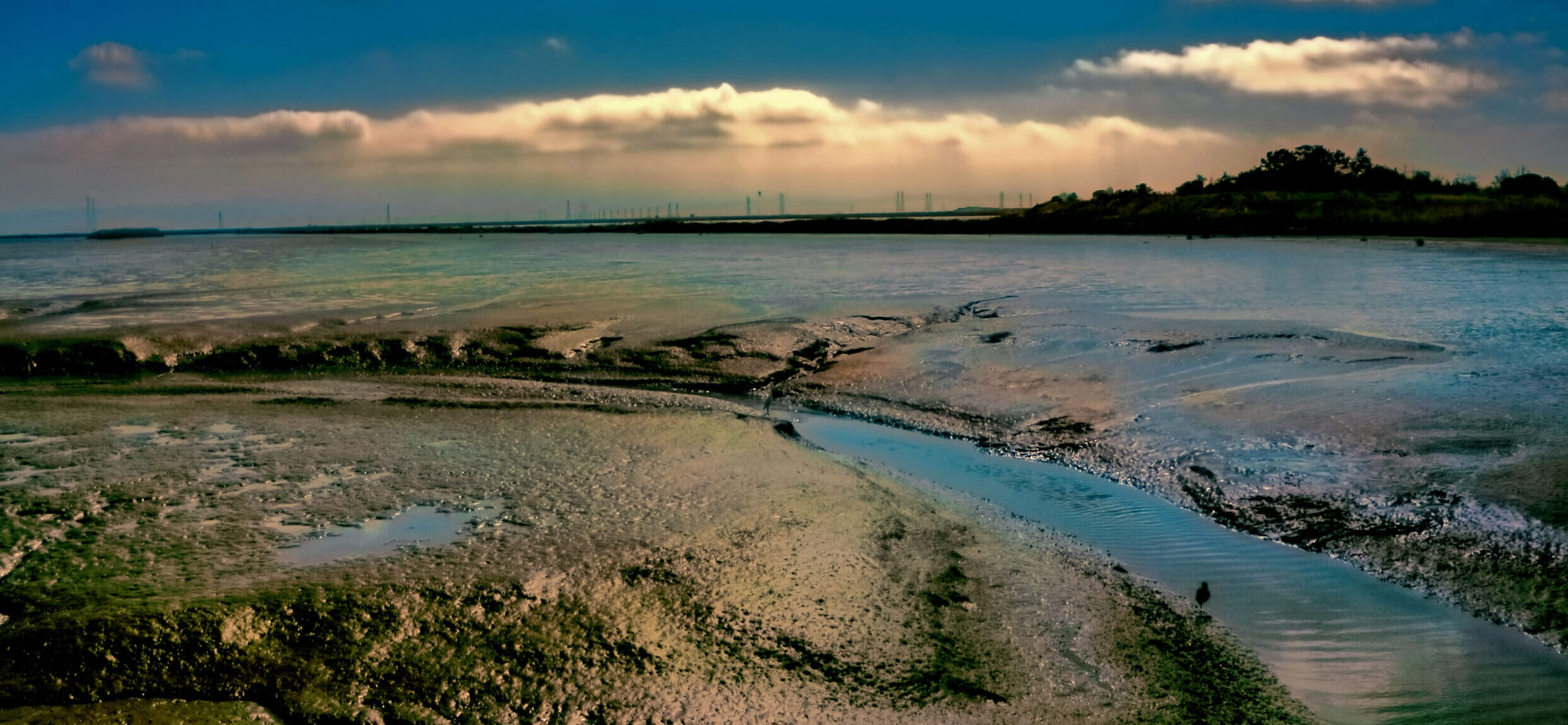
Climate change increases the likelihood and severity of forest fires by creating conditions that make them more likely to start and spread quickly, including drier soils and vegetation, invasive plant species that are more fire-prone, and the increased frequency and severity of lightning strikes and extreme weather events.
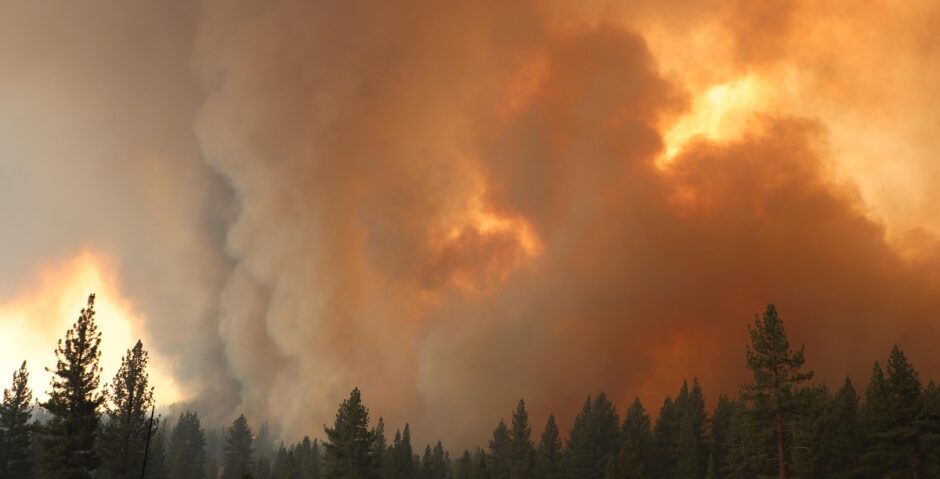
We know climate change is affecting our opportunities to hunt and fish right now. Depending on where you are, drought and reduced rain and snowfall has lowered the water level in rivers, lakes, and streams. Many rivers in the West are now regularly closed to fishing as water temperatures reach a point where fish are in distress. Those same high-water temperatures are causing fish populations to decline, inviting toxic algal blooms, and forcing fish to migrate to cooler areas. Land-based migration is also changing with rising temperatures, increasingly frequent natural disasters, and variable weather patterns, often causing wildlife to move out of traditional ranges and display unexpected behavior, like early wakeup or bugling late into the season.
These impacts will only intensify for the next generation of hunters and anglers.
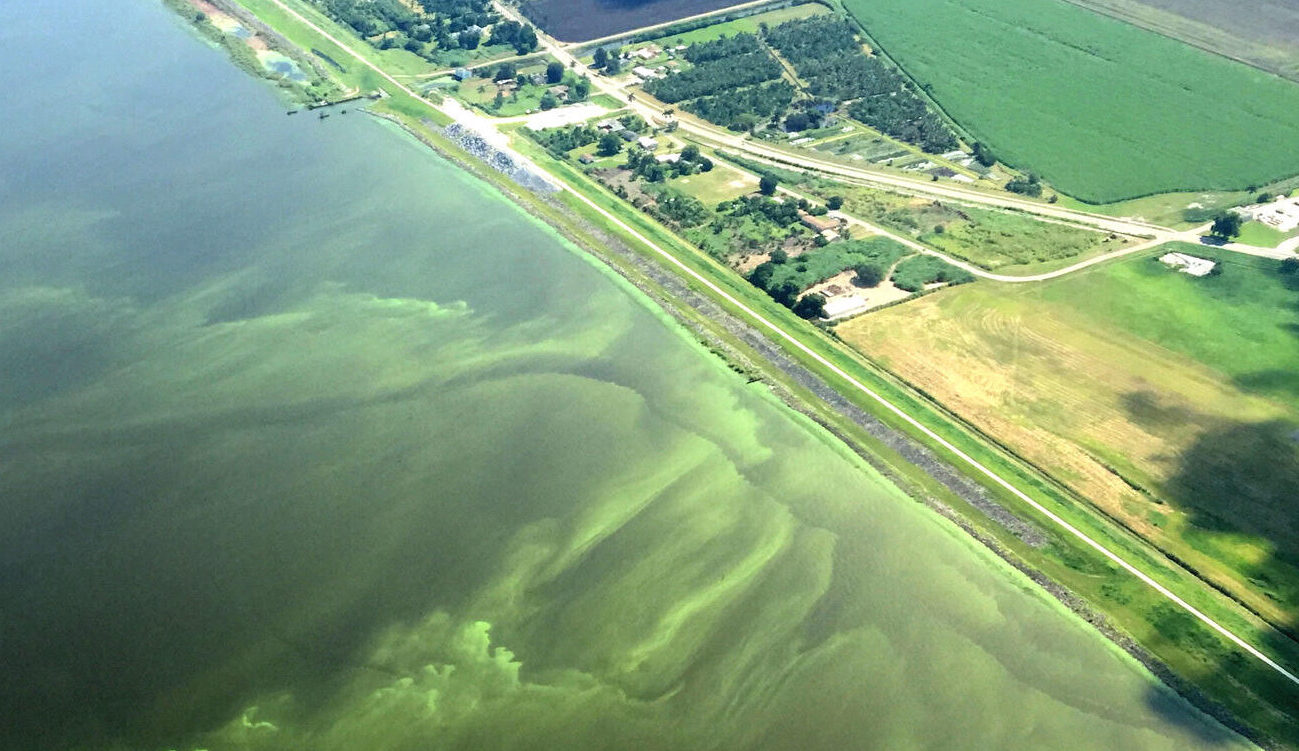
It’s important to recognize that nature is impacted by us, both positively and negatively, whether intentionally or not. Centuries of our giving to and taking from the land have already altered the landscape and the process of undisturbed nature. As a threat multiplier, climate change is bringing more frequent and intense weather events and exacerbating existing declines in fish and wildlife populations, leaving our lands and waters less resilient to future changes and impacts. Human action is necessary—there is no turning back.
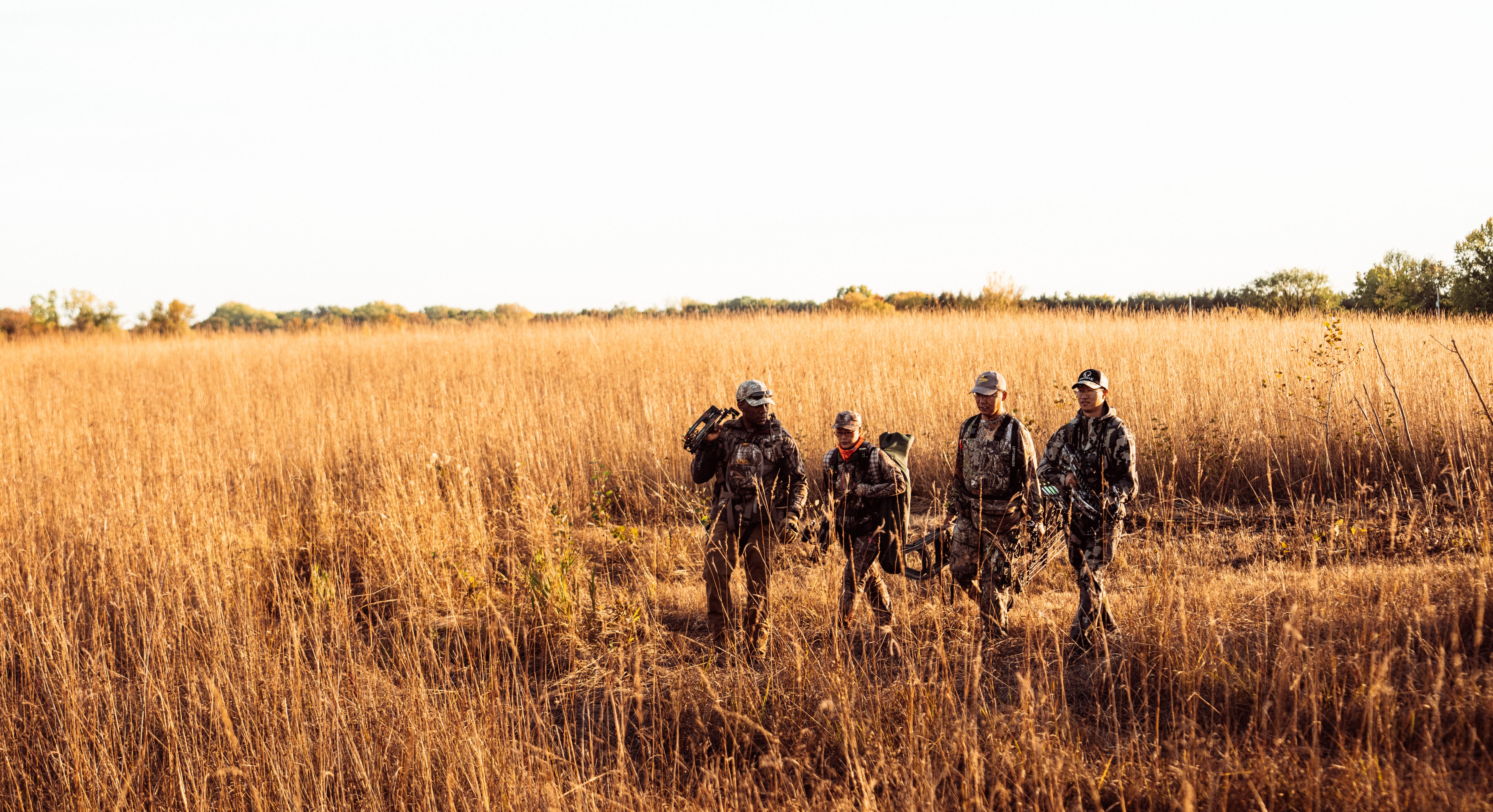
Hunters and anglers are longstanding conservationists, who take responsibility for maintaining and restoring habitats for the good of all. Our work to support wildlife and their habitat is crucial to maintaining the future of hunting and fishing as climate change impacts continue to evolve. And many of the solutions we already want and need to maintain our ability to hunt and fish can actually help to slow climate change. Learn how this is possible here.
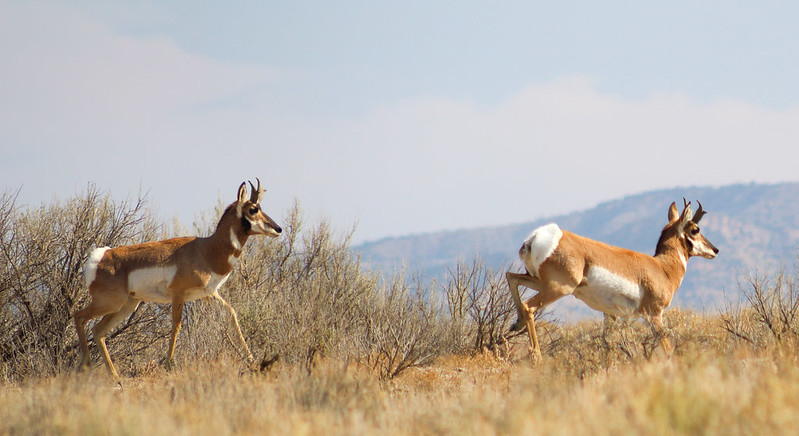
Change is possible—we see it every day. Hunters and anglers have pushed for and secured meaningful solutions to habitat challenges of every size and scope, from the days of the Lacey Act to the widely celebrated legislative victories and conservation investments of recent years. You can make a difference for habitat and our climate by standing with us when it comes to nature-based solutions. Take action here to make lawmakers aware of the climate benefits of restoring fish and wildlife habitat.
Theodore Roosevelt’s experiences hunting and fishing certainly fueled his passion for conservation, but it seems that a passion for coffee may have powered his mornings. In fact, Roosevelt’s son once said that his father’s coffee cup was “more in the nature of a bathtub.” TRCP has partnered with Afuera Coffee Co. to bring together his two loves: a strong morning brew and a dedication to conservation. With your purchase, you’ll not only enjoy waking up to the rich aroma of this bolder roast—you’ll be supporting the important work of preserving hunting and fishing opportunities for all.
$4 from each bag is donated to the TRCP, to help continue their efforts of safeguarding critical habitats, productive hunting grounds, and favorite fishing holes for future generations.
Learn More
